[content_slider]
[content_slide]
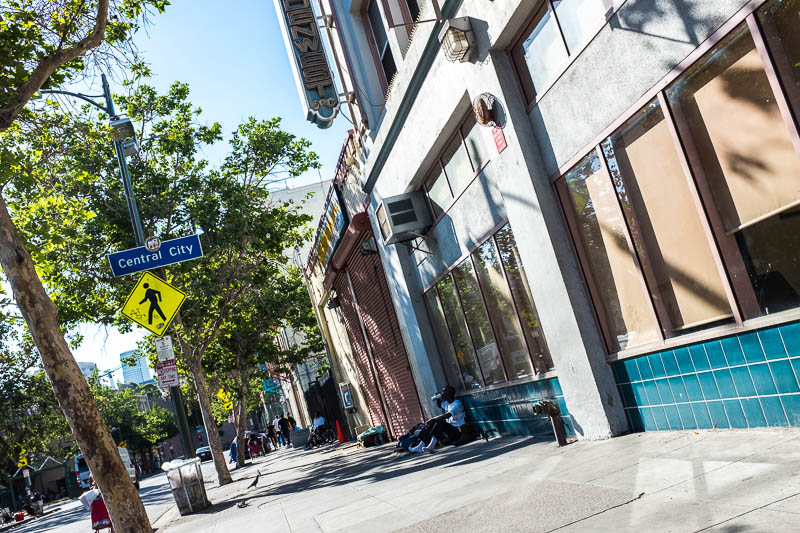
[/content_slide]
[content_slide]
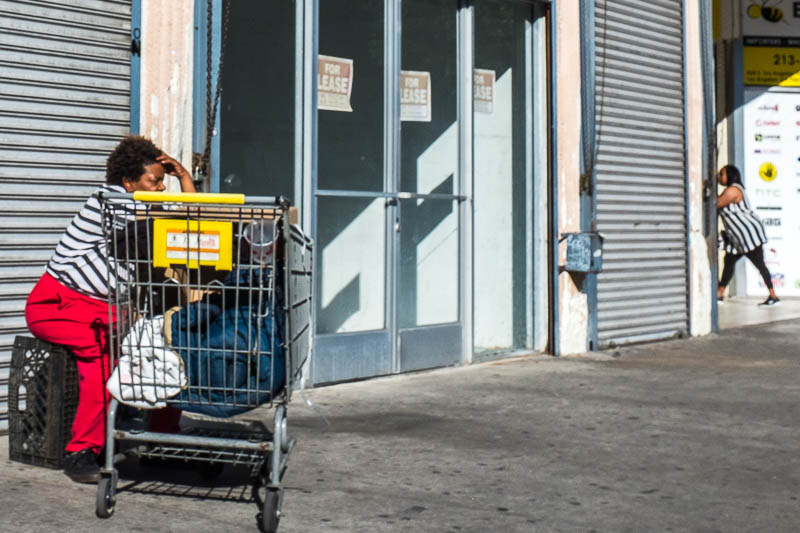
[/content_slide]
[content_slide]
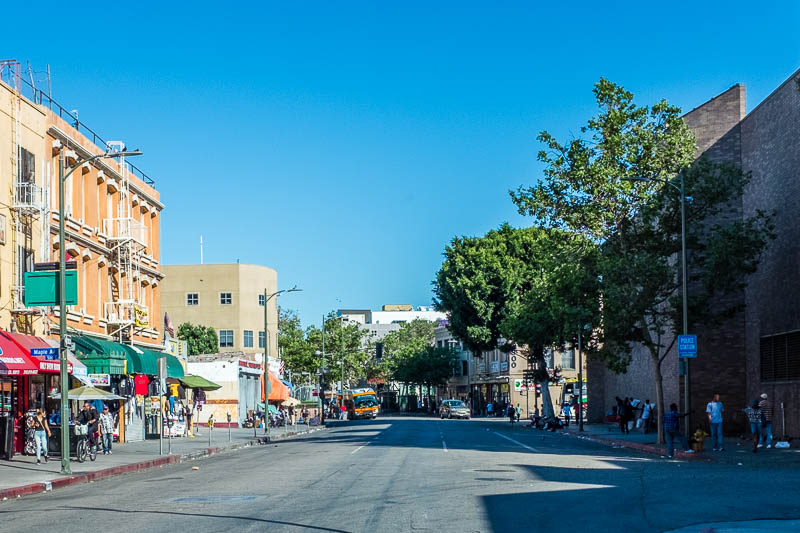
[/content_slide]
[content_slide]
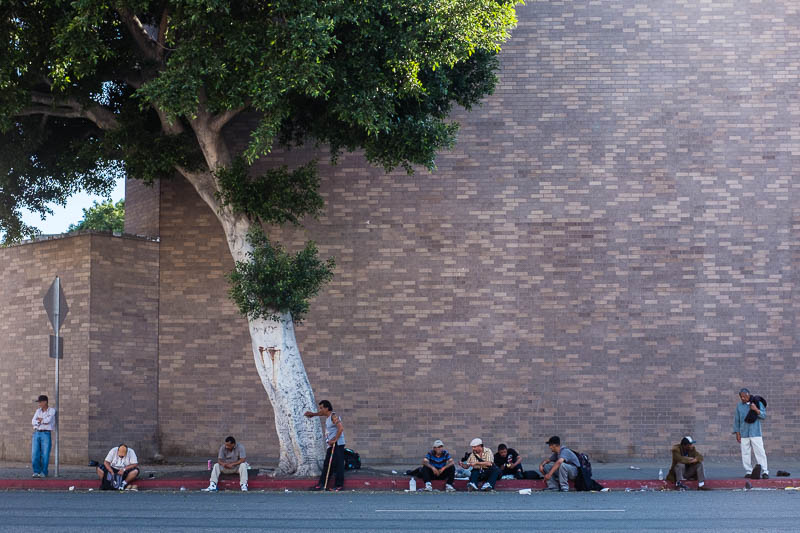
[/content_slide]
[content_slide]
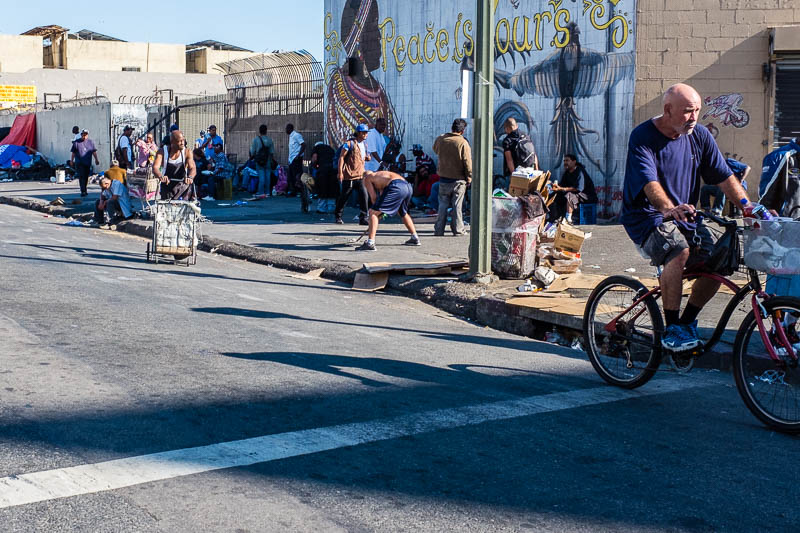
[/content_slide]
[content_slide]
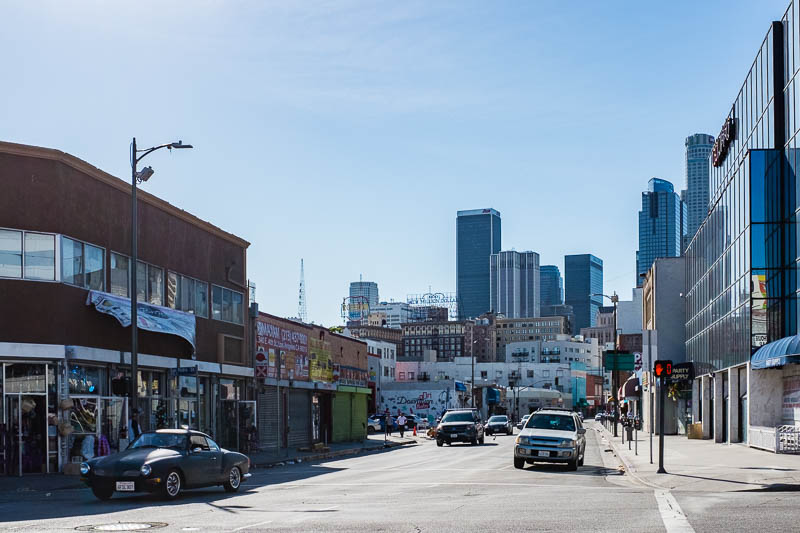
[/content_slide]
[content_slide]
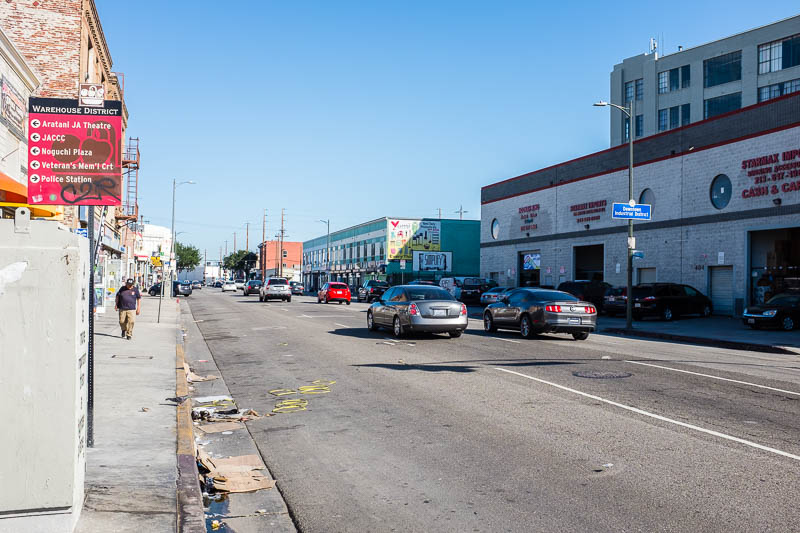
[/content_slide]
[content_slide]
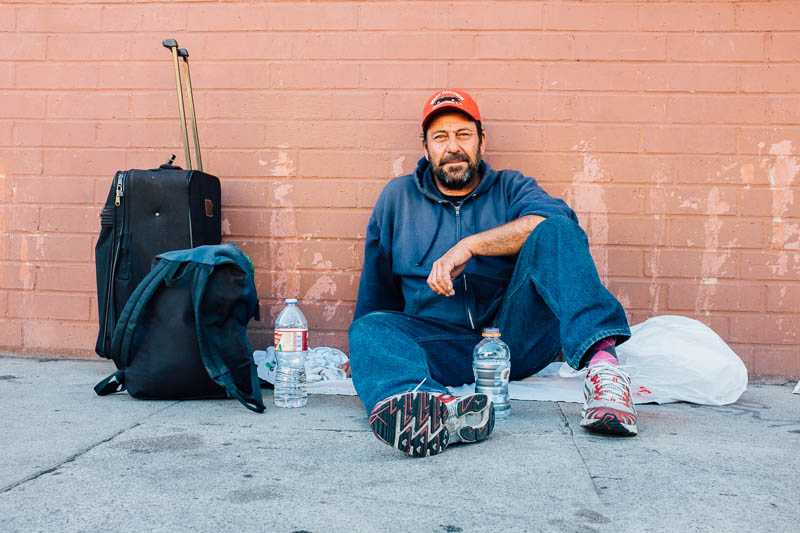
[/content_slide]
[content_slide]
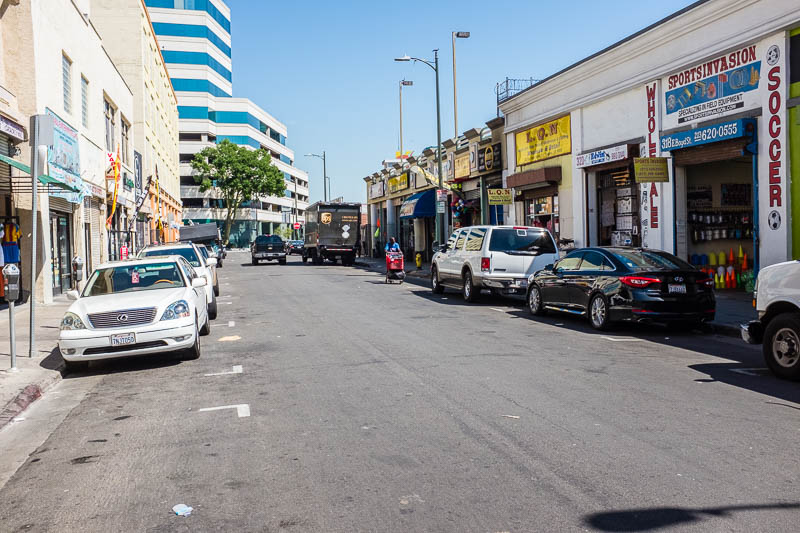
[/content_slide]
[/content_slider]
LOS ANGELES | Skid Row Los Angeles is an area like no other in the United States. It’s an impoverished neighbourhood spanning over 50 blocks in downtown Los Angeles that is ‘home’ to somewhere between 5,000 and 8,000 homeless people – nobody quite knows the exact number. It’s hard to believe that a place like this could exist in a nation as rich at the USA, but it does.
Skid Row’s genesis as a homeless enclave can be traced back to the 1930s, when it was home to 10,000 homeless people and others shunned by society. Despite controversial attempts to rehabilitate the area in the 1950s and the 1980s, by demolishing decaying buildings and arresting homeless individuals, the problems in the area got worse. A major issue preventing real change was that instead of looking at ways to house the homeless and solve the root causes of homelessness in the city, rejuvenation attempts focused on pushing the blame onto those with no recourse or hope.
Unfortunately, things haven’t gotten better with time – as recently as 2005 hospitals and law enforcement agencies were found to be ‘patient dumping’ homeless individuals in the area, and it is still illegal outside of the hours of 9:00pm and 6:30am, for homeless people to be camped out on the streets in Skid Row. A large proportion of the city’s social services are located in the area, which means homeless people have no choice but to locate themselves here. Once surrounded by poverty and destitution, it’s hard to escape.
I’d read up on Skid Row before visiting Los Angeles, but it was still a shock to see for myself. Walking through the streets it was scene after scene of extreme poverty and destitution, with the smell of urine and garbage permeating the air. In fact, a recent audit showed that based on UN standards for hygiene, homeless people in Skid Row have less access to toilets than even refugees in Syria. People wander along the streets with all their possessions, if they have any, in garbage bags, suitcases and shopping trolleys, while police officers engage in futile attempts to move people along (where to one might ask).
People from all walks of life who have had the misfortune of becoming homeless live here. From the unemployed to those who have just been released from prison, to the mentally ill, alcohol, and drug addicted. It’s a real mix, and it’s all out on the streets for anyone walking through to see. The sights, smells and sounds are all very confronting. It’s easy to stigmatise the homeless, but for the most part they are decent people who have found themselves in this situation for reasons outside their control. They deserve to be given support, not treated like criminals.
I spoke to one man I encountered on the street, ‘Eddie’, a former truck driver who was trying to get his life back on track after becoming homeless. It was his third stint living on Skid Row, after one of many relapses into drug addiction. He told me that he had loving parents, and a brother who was married and had children, who had all given up home on him, and that he was ashamed of his inability to get his life together. Eddie was a decent, intelligent guy, who surprisingly knew a lot more about Australia than most Americans I’ve met, and we chatted for about half an hour about all sorts of things. I often wonder what happened to Eddie – has he kicked his drug habit, has he reconciled with his family, is he still living on the streets, has his situation gotten worse, is he alive?
Roughly 10 blocks of Skid Row have been lost due to redevelopment downtown, and the border between the new downtown, full of shiny new apartments, restaurants, bars and more, and Skid Row is stark. One moment you’re in a nice redeveloped part of town and a few blocks later it all changes. There aren’t too many places in the world that I’ve walked through where I’ve had to be more alert than in Skid Row, and I didn’t walk too far into the area before I knew I had to turn back. As downtown Los Angeles continues to gentrify, the question of what happens to Skid Row and its residents becomes ever more important. Surely developers, the LAPD, the city, homeless advocates and social service organisations can work together for a better future. Maybe gentrification could actually provide some of the solution, with a mandated percentage of all new developments dedicated to affordable and social housing?
In September 2017, a quarter-cent sales tax increase approved by county voters in March of that year went into effect. It’s expected to raise $355 million annually for 10 years, all of which will be used to try and solve the homeless problem in the city. Will things change? Only time will tell.

